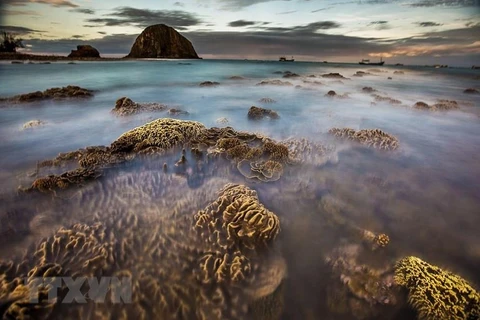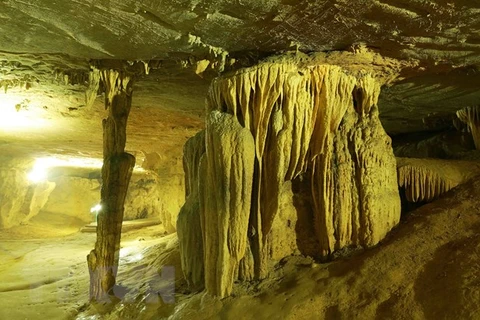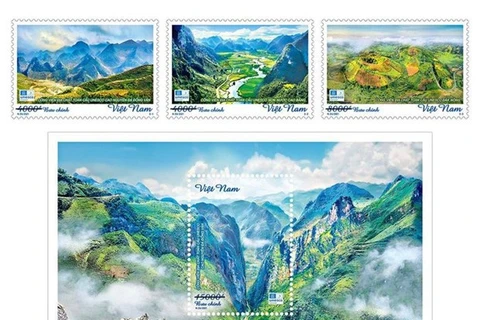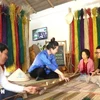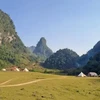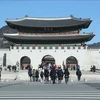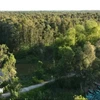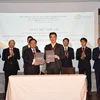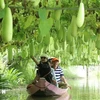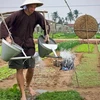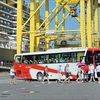Hanoi (VNA) – Vietnamese geologists have conducted investigation and research activities towards the establishment of geoparks in recent years, with a view to promoting geotourism development in the future.
To date, the nation has three global geoparks with the official recognition by UNESCO, namely Dong Van Karst Plateau, Non Nuoc Cao Bang Geopark, and Dak Nong Geopark. UNESCO Global Geoparks are single, unified geographical areas where sites and landscapes of international geological significance are managed with a holistic concept of protection, education and sustainable development.
Dong Van Karst Plateau obtained the UNESCO recognition on October 3, 2010, becoming Vietnam’s first geological park and the second in Southeast Asia. Covering a total area of over 2,356 sq.km, it is 80 percent limestone and contains the fossils of thousands of species of prehistoric creatures from 400-600 million years ago.
Non Nuoc Cao Bang, established in the northern border province of Cao Bang in 2015, became Vietnam’s second UNESCO-recognised Global Geopark on April 12, 2018. Covering more than 3,000 sq.km., the geopark is home to fossils, ocean sediment, volcanic rocks, minerals, and especially karst landscapes, which can give researchers an insight into an over-500-million-year history of the Earth. It is also well known for rich biodiversity and many indigenous fauna and flora species.
Dak Nong Geopark was the third in Vietnam to gain the UNESCO title on July 7, 2020. It covers more than 4,700 sq.km of land in six of the eight district-level localities in Dak Nong, equivalent to two-fifths of the province’s total area. According to domestic and foreign scientists, there are 65 heritage and geomorphological sites in the geopark, including volcanic craters, volcanic caves, and waterfalls. It is also home to the largest system of volcanic caves in Southeast Asia, with more than 50 caves and a total length of over 10,000m.
 At the Dray Sap - Gia Long eco-tourism area in Dak Sor commune, Krong No, located within the Dak Nong UNESCO Global Geopark. (Photo: VNA)
At the Dray Sap - Gia Long eco-tourism area in Dak Sor commune, Krong No, located within the Dak Nong UNESCO Global Geopark. (Photo: VNA) Last year, the three locations were featured in a stamp collection issued by the Ministry of Information and Communications. To promote their value and beauty, the collection comprises three designs and one block with images of the sites.
According to Dr Trinh Hai Son, head of the Vietnam Institute of Geosciences and Mineral Resources, geotourism, which has long been applied in Vietnam, is sustainable, educational, and beneficial form of tourism for the local communities concerned. Geoparks emerge as a new type of geotourism, opening a new era of social responsibility and eco-friendly tourism in the country.
Truong Quang Quy, director of the Vietnam Geology Museum, said the development of geotourism has been contributing to the conservation and promotion of Vietnam’s cultural heritages and natural resources as well as to the nation’s economic growth.
Some local biosphere reserves and world natural heritages that have been recognised in terms of natural value also see great potential for development and benefit from such type of tourism, he noted./.


